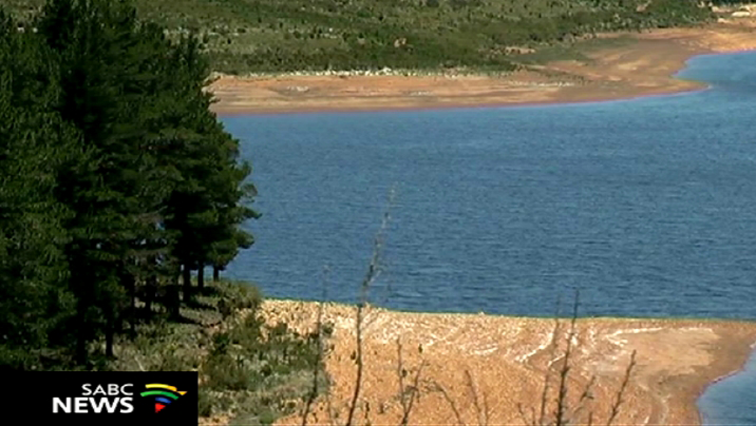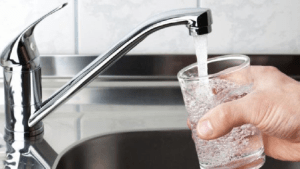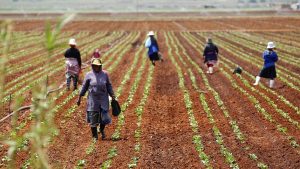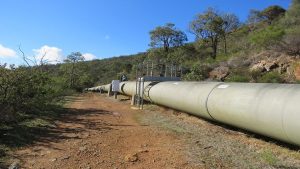Besides fighting the spread of the COVID-19, Nelson Mandela Bay is also facing a fight against a looming Day Zero regarding the water supply. The supply dams have an average capacity of 22% and there is no rain forecast for the near future. There is just over a month’s supply of water left.
Weather experts say rainfall alone is not going to change the situation. It is a serious water crisis, which will not be solved by one day, a month or season’s rainfall.
The Nelson Mandela Bay Metro is in the grips of a serious hydrological drought, which means that the demand for water is fast exceeding the amount of water that is stored.
The last significant rainfall was in September 2018. A spokesperson for the SA Weather Services in Port Elizabeth, Garth Sampson, says people must harvest water where possible and use it sparingly.
“Save water like day zero will occur next week. We cannot be assured that big rain will come in the next few months or even next year. It is only a forecast. However there are some tell tales, warnings and signs that it could be a big rain on the horizon, but when is the million-dollar question. So just as you are going to be prepared for day zero coming shortly, also be prepared for the big rain coming and make sure you take the necessary precautions when that rain is forecast.”
Weather is cyclical by nature and this is being foretold through our written history. As the bible states, we will have seven abundant years followed by seven lean years.
Weather patterns in Eastern Cape
This is most prevalent in the Eastern Cape as the early settlers first noted that citrus farms were flooded after a prolonged drought. The province is either in the grip of a drought or a flood at any given time. In other words, the abnormal is normal for the Eastern Cape.
Sampson says the outlook for the season looks quite good. “The outlook for winter is for normal to above-normal rainfall. However, we have not seen this with the continued new trend of below-normal from March through to April and even in May, we have hardly seen any rainfall. So, if the forecast is correct, we would need some fireworks before the end of winter. In other words, we would need one large event to get that rainfall total up. We’ll have to wait and see if this occurs and if the seasonal forecast is going to be correct.”
Water supply in the Metro
Chief Executive Officer of the Gamtoos Irrigation Board, Rienette Colesky, says the biggest supply dam for the Nelson Mandela Metro and the agricultural sector in the Gamtoos Valley, the Kouga Dam stands at less than 10% capacity.
The allocation of water this year was cut by 15% to all water users. It is expected that with no flood, water allocations will be cut even more when the new water year starts at the end of next month.
“Kouga Dam at 9.4%, we cannot expect a very high allocation for the new water year which starts on the 1st of July. Kouga Dam is the only resource for agricultural users in the Gamtoos valley, whereas the metro has other resources they can use. All the resources on the Western side of the metro are under severe stress, currently. It includes Kouga, Churchill and Mpofu dams. There are basically three agri users in the valley – citrus, cash crops and dairy farming. All of them will be under severe pressure in the new year to make a living.”
Garth Sampson advises that water users must harvest water where possible, use it sparingly, and be prepared for the worst, either way.
Multiple water leaks in Nelson Mandela Bay have been one of the major contributors of water losses in the Bay.






